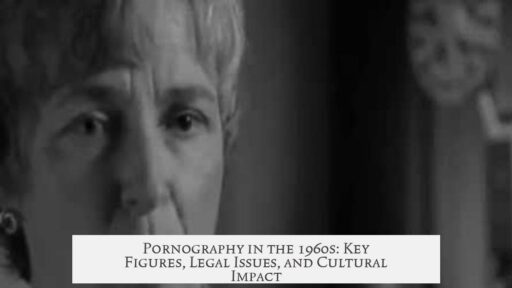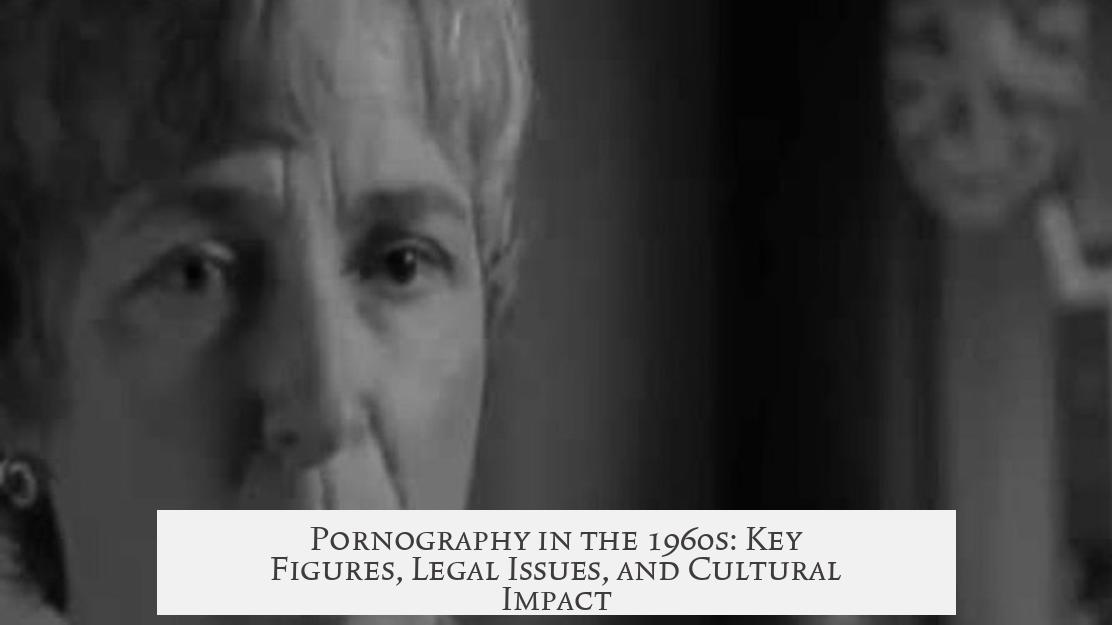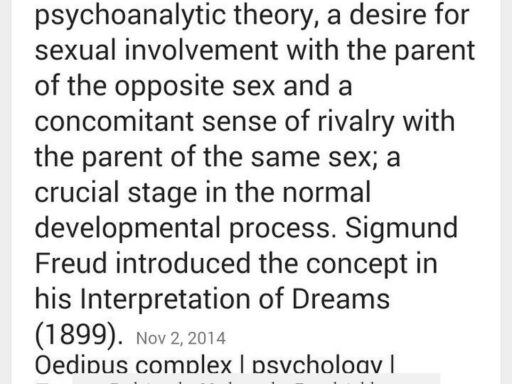Porn in the 1960s was largely underground, limited by strict legal definitions, and centered around print media and niche film screenings. The decade faced tight restrictions from the 1957 Supreme Court case Roth v. United States, reforming what constituted obscenity. This ruling defined obscene material as that appealing predominantly to prurient interests according to community standards. Before this, any content considered to “deprave and corrupt” was banned.
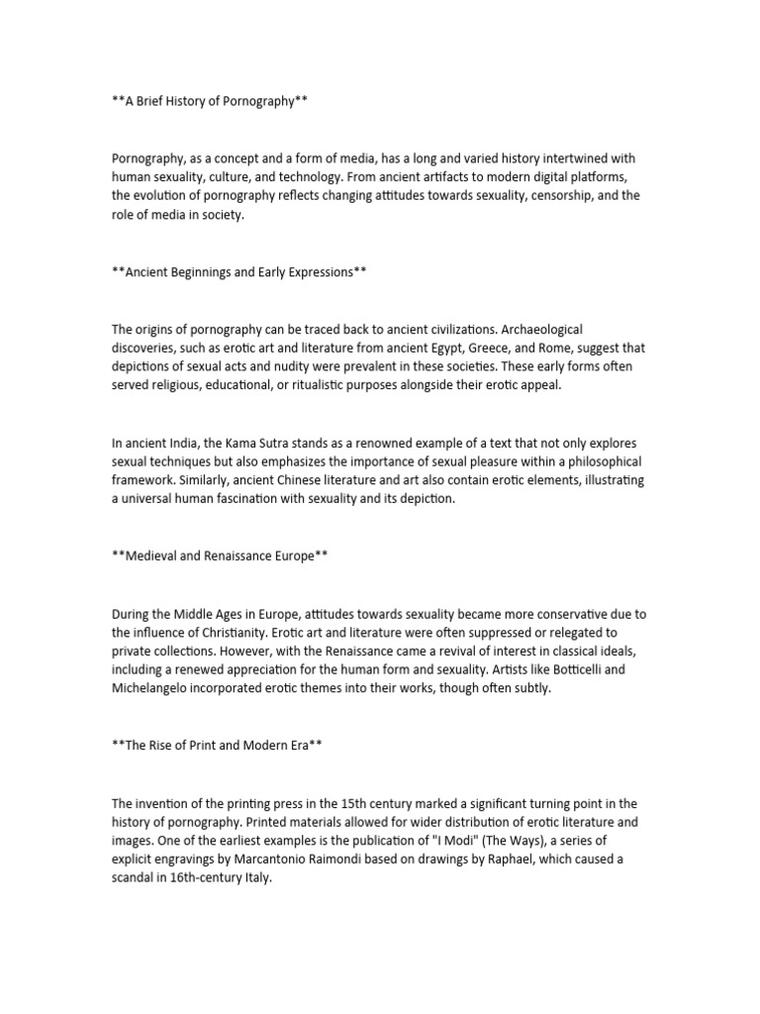
Distribution was led by figures like Reuben Sturman, a major pornographic material distributor from the 1960s until his 1989 imprisonment. He helped shape porn’s commercial networks during a time of legal ambiguity and societal stigma.
Print media played a primary role. Playboy, launched in 1953, introduced a sophisticated approach combining nude imagery with lifestyle content. Penthouse entered the market in 1965, pushing boundaries further. Besides these mainstream titles, numerous smaller smut magazines circulated quietly.
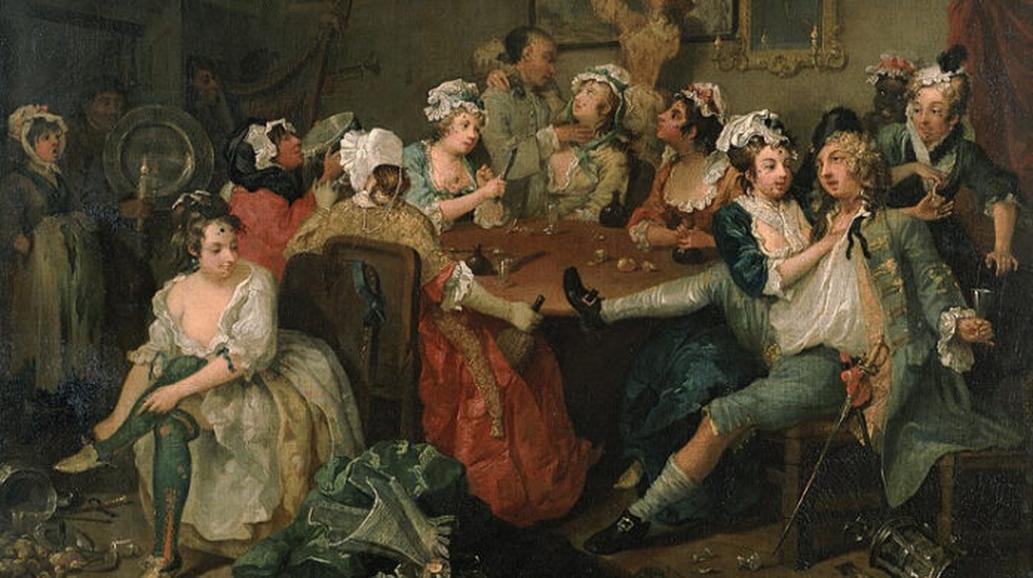
Films were rarer and less accessible. Certain adult movie theaters screened XXX-rated films, but these were limited to specific venues. A minority of consumers owned 8mm or 16mm projectors, enabling private viewings of “stag films”—short explicit movies used often at stag nights or bachelor parties. These films were costly, thus reaching mainly middle-class men.
A cultural touchstone was Thomas Andrew Lehrer’s 1964 song, Smut, which humorously highlighted the conflicting attitudes toward pornography exposed by legal debates.
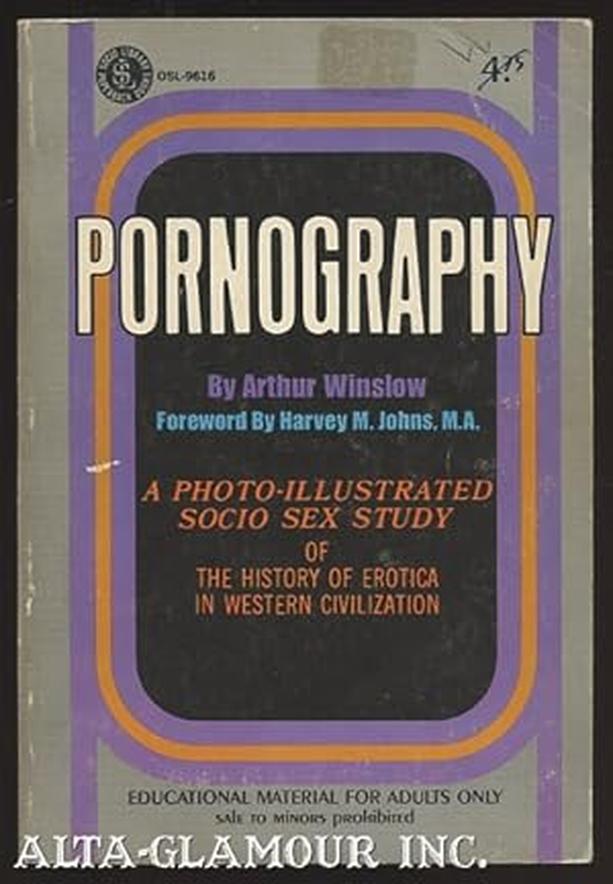
| Aspect | Details |
|---|---|
| Legal Status | Strictly curtailed post-1957 Roth ruling, with new obscenity standards |
| Key Figure | Reuben Sturman, major distributor |
| Print Media | Playboy (1953), Penthouse (1965), many minor magazines |
| Adult Films | Available in adult theaters, stag films for private viewing |
| Cultural Reflection | Lehrer’s song “Smut” critiqued attitudes toward porn |
- 1960s porn was constrained by law and social norms.
- Print magazines like Playboy and Penthouse dominated.
- Adult films were niche, often consumed in theaters or private stag film screenings.
- Legal rulings reshaped obscenity definitions and impacts on porn distribution.
- Key distributors like Reuben Sturman expanded market reach despite restrictions.
What Was Porn Like in the 1960s? A Peek Behind the Curtain
Porn in the 1960s was a curious mix of underground hustles, court battles, and early glimmers of mainstream acceptance. It was the decade that quietly set the stage for the adult entertainment explosion to come. But what exactly did porn look like back then? Let’s take a trip to the 1960s and peek behind the curtain.
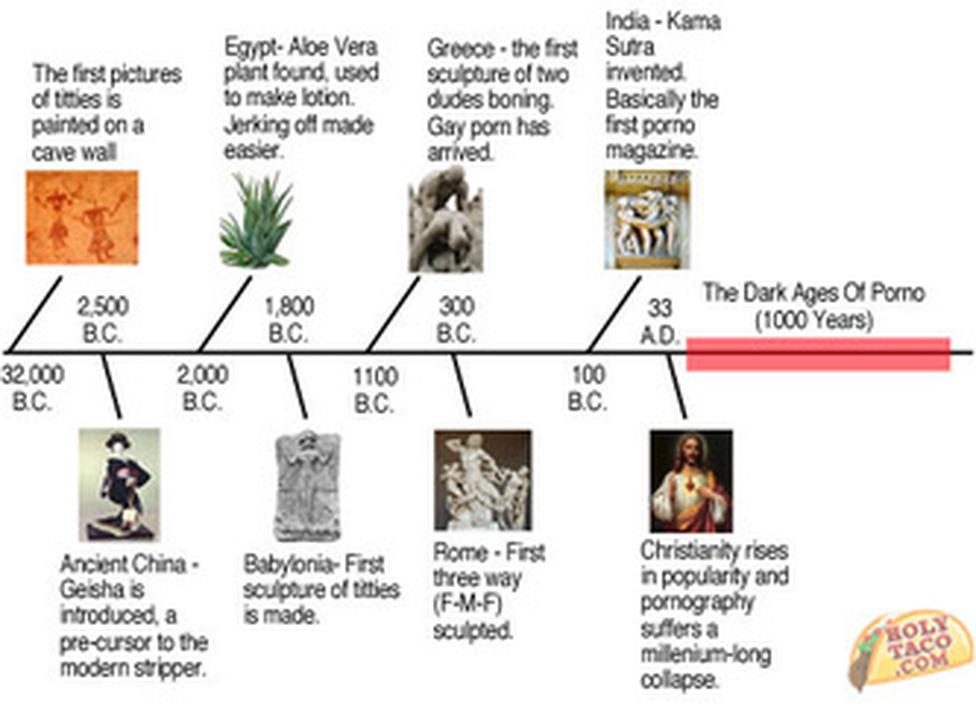
You might imagine modern porn’s glossy production and ubiquitous online access, but the ’60s were a different ballgame entirely.
The Kingpin of the Era: Reuben Sturman
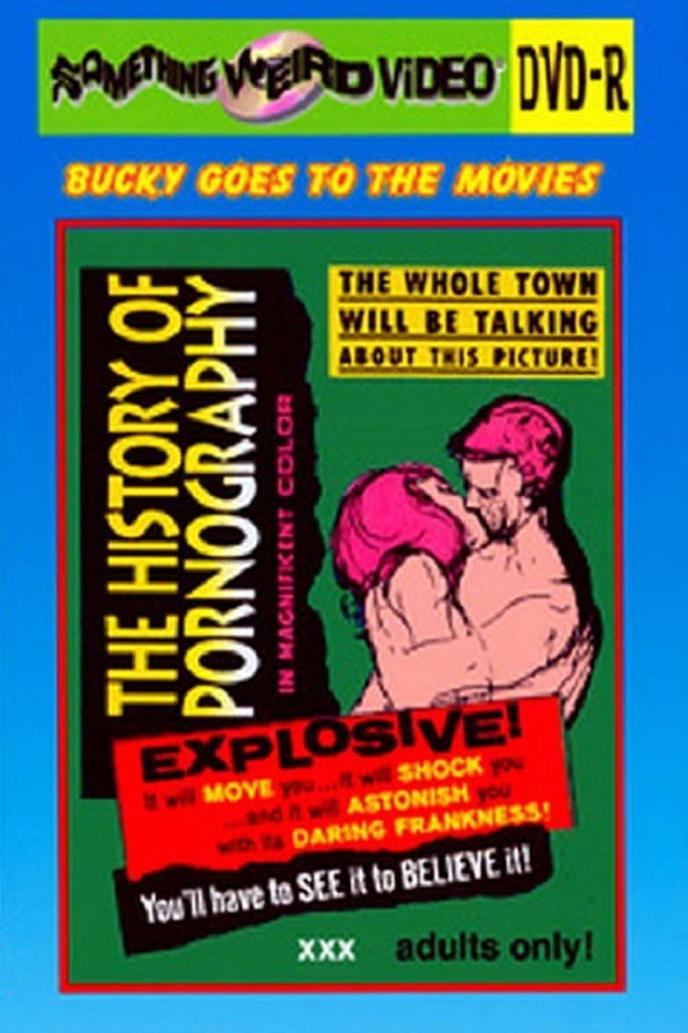
The name you absolutely must know is Reuben Sturman. He was the biggest distributor of pornographic materials starting in the ’60s and dominated the adult business for decades. Some called him the “boss of smut.”
Sturman wasn’t just selling magazines and films; he was a distribution powerhouse explaining how porn managed to reach many Americans despite the era’s restrictions.

His empire lasted until 1989 when the government caught up with him—he went to jail for tax evasion (classic mob-style downfall). But till then, he was the man making porn available where others feared to tread.
Legal Battles: When Obscenity Took Center Stage
The 1960s didn’t just churn out pictures; it sparked fierce legal battles around what counts as obscene. One landmark case, Roth v. United States (1957), still shaped the ’60s scene. That case refined the legal definition of obscenity, moving it from the vague “corrupting influence” idea to a more focused test:
- Is the material’s dominant theme appealing to prurient interest?
- Would an average person, applying contemporary community standards, find it obscene?
In practical terms, this meant pornographers had some wiggle room but still had to stay cautious. Nothing was a free-for-all yet.
This shift inspired cultural commentary, too. Pop satirist Thomas Andrew Lehrer wrote a cheeky song called Smut in 1964 that riffed on the case and the many ways people consumed “smut.” His humor highlighted the tension between society’s prudes and the curious public.
Print Gold: The Magazine Revolution
If the ’60s had a porn publication darling, it was definitely Playboy Magazine. Launched in 1953, it thrived through the ’60s, combining nudity, lifestyle, and interviews—a cocktail that made adult content more socially acceptable.
But Playboy didn’t have the field all to itself. In 1965, Penthouse Magazine entered the scene, offering a slightly more daring and European-flavored take on adult magazines, raising the stakes on explicit content.
Of course, beyond these giants, countless lesser-known “smut” magazines existed, catering to a wide variety of tastes, though many remain undocumented in history’s footnotes.
Adult Cinema and Private Viewings
Visual adult entertainment wasn’t just print; films played a huge role. XXX-rated films were shown in specialized adult movie theaters. It wasn’t exactly a Friday night at the multiplex—these were niche venues, and you had to know where to find them.
But for the lucky few with home movie projectors—either 8mm or the luxe 16mm—there was another way. Stag films, short, silent, and risqué loops, circulated in these home circles. Economically middle-class folks could afford this, but it wasn’t cheap or common.
Before home projectors became widespread, entrepreneurs catering to stag nights or bachelor parties made a business from providing both the equipment and the films. This suggests a more social side of adult viewing—less solo screen time, more spirited get-togethers.
Why Did Porn Even Matter in the 1960s?
The 1960s straddled a cultural crossroads. The conservative post-war era met the rising tides of sexual liberation. Porn didn’t boom overnight; it crept along in the margins during a morally rigid decade. But it set vital foundations.
Thanks to figures like Sturman and court rulings that slowly carved out legal space, porn began shifting from shameful taboo to a more open market product. Stingy old obscenity laws started to loosen as community standards evolved.
Magazines like Playboy and Penthouse combined adult content with lifestyle and culture, chipping away at stigma by wrapping nudity in sophistication. Meanwhile, adult theaters and home-viewing options offered new ways for adults to explore their desires discreetly.
What Can We Learn From the ’60s Porn Landscape?
- Porn was a fringe but influential culture, relying heavily on cunning distribution and legal battles.
- Defining obscenity and community standards was—and still is—a tricky business, often reflecting broader social values.
- The ’60s marked a transition from underground to semi-mainstream adult entertainment.
- Technology mattered—a niche few enjoyed home projection, foreshadowing the digital revolutions ahead.
- Social rituals like stag parties show porn’s role beyond mere consumption, entwined with culture and camaraderie.
Intrigued? How do you think this era’s struggles and innovations shaped what we see and experience today? Imagine telling your grandkids about the time you had to rent an 8mm projector to watch “smut”—talk about vintage vibes!
In conclusion, porn in the 1960s wasn’t just about titillation; it was a pulsating slice of social, legal, and cultural change. It laid down crucial groundwork for the adult entertainment industry’s immense growth and shifting moral debates that continue even now.
